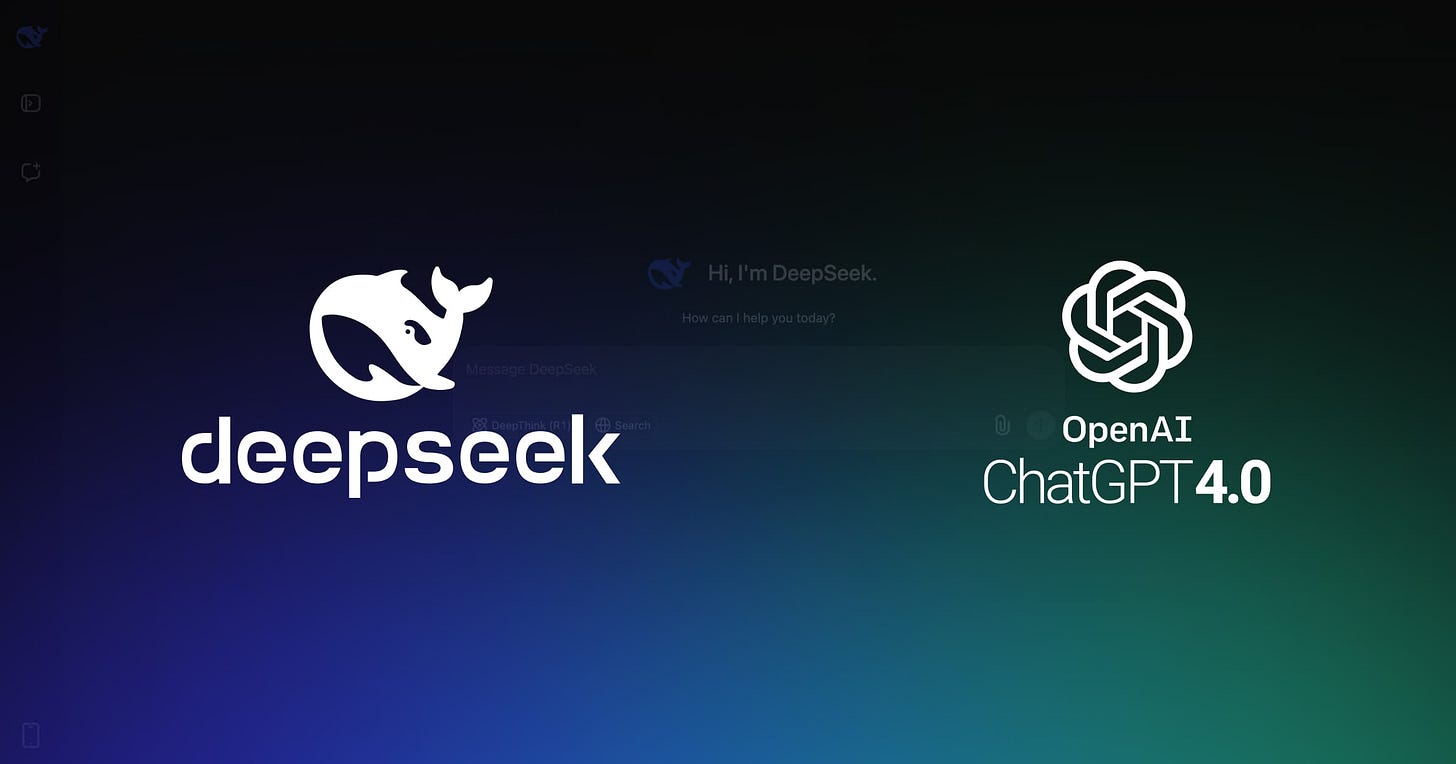China’s DeepSeek-V2: A Rising Contender in the Global AI Race
DeepSeek vs. ChatGPT: Innovation, Cost, and the Global Race for AI’s Future
The emergence of China’s DeepSeek-V2, a large language model developed by the Beijing-based company DeepSeek, has sparked global interest in the rapidly evolving artificial intelligence landscape. Positioned as a potential rival to OpenAI’s ChatGPT, DeepSeek reflects China’s growing ambition to compete in advanced AI technologies. However, while the model demonstrates impressive technical capabilities, its long-term impact, and claims of a geopolitical AI Cold War, require careful scrutiny to separate hype from reality.
DeepSeek’s Technical Innovations
DeepSeek-V2 has drawn attention for several notable features:
1. Expanded Context Window: The model reportedly supports a larger context window than ChatGPT, enabling it to process longer documents or extended conversations. This could benefit industries like legal analysis, academic research, or customer service, where retaining context is critical. However, the exact token limit and real-world performance benchmarks remain unspecified, making direct comparisons challenging.
2. Math and Logical Reasoning: Early user tests suggest DeepSeek-V2 excels at solving complex math and logic problems, outperforming ChatGPT-4 in niche benchmarks. While this highlights progress in AI reasoning, such claims need verification against standardized, peer-reviewed evaluations (e.g., GSM8K or MATH datasets) to assess true superiority.
3. Cost Efficiency: DeepSeek is marketed as a lower-cost alternative to ChatGPT, potentially democratizing access to advanced AI for startups and smaller enterprises. If scalable, this could pressure Western firms to innovate on pricing. Yet, cost alone does not guarantee adoption; factors like integration ease, developer ecosystems, and ethical safeguards matter equally.
4. Multilingual Proficiency: Trained extensively on Chinese-language data, DeepSeek performs exceptionally well in Mandarin, catering to China’s vast domestic market. Its English capabilities are improving, but ChatGPT still holds an edge in supporting over 50 languages, including low-resource ones like Swahili or Bengali.
Challenges and Limitations
Despite its strengths, DeepSeek faces significant hurdles:
Geopolitical and Hardware Constraints: U.S. export restrictions on advanced AI chips (e.g., NVIDIA’s A100/H100 GPUs) limit China’s access to cutting-edge hardware, forcing developers to rely on less efficient domestic alternatives. This could hinder DeepSeek’s ability to scale sustainably compared to U.S. models.
Ethical and Regulatory Scrutiny: Chinese AI models often prioritize alignment with state regulations, including censorship of politically sensitive topics. This raises concerns about bias and restricts DeepSeek’s global appeal, particularly in markets valuing free expression. Meanwhile, ChatGPT grapples with its own challenges, such as mitigating misinformation and cultural bias.
Ecosystem and Adoption Barriers: OpenAI’s ChatGPT benefits from a robust developer ecosystem, third-party integrations (e.g., Microsoft Copilot), and brand recognition. DeepSeek, while innovative, lacks comparable global partnerships or trust, especially amid rising skepticism of Chinese tech over data privacy concerns.
The Bigger Picture: Collaboration Over Conflict
The narrative of an "AI Cold War" oversimplifies the global AI race. While competition exists, collaboration remains vital. For instance, breakthroughs in AI safety, climate modeling, or healthcare require shared knowledge across borders. DeepSeek’s rise could spur healthy competition, pushing U.S. firms to innovate faster while lowering costs for users worldwide.
However, China’s AI ambitions are not without contradictions. State-backed funding provides resources but also ties developers to political priorities. Conversely, Western models face their own dilemmas, balancing profit motives with ethical guardrails.
Conclusion
DeepSeek-V2 is a significant milestone in China’s quest for AI leadership, showcasing technical prowess in reasoning, cost efficiency, and multilingual support. Yet, declaring it a “ChatGPT killer” is premature. The model’s success hinges on addressing hardware limitations, building global trust, and navigating ethical trade-offs.
Ultimately, the AI race is not a binary U.S.-China contest. Europe, India, and open-source communities also shape the field. Rather than framing advancements as a zero-sum game, the focus should be on fostering responsible innovation that prioritizes humanity’s collective progress over nationalist rivalries. In this context, DeepSeek’s entry isn’t just a challenge, it’s a reminder that AI’s future will be written by many hands.
Note
We cross reference this article by feeding both the OpenAI and DeepSeek Model



